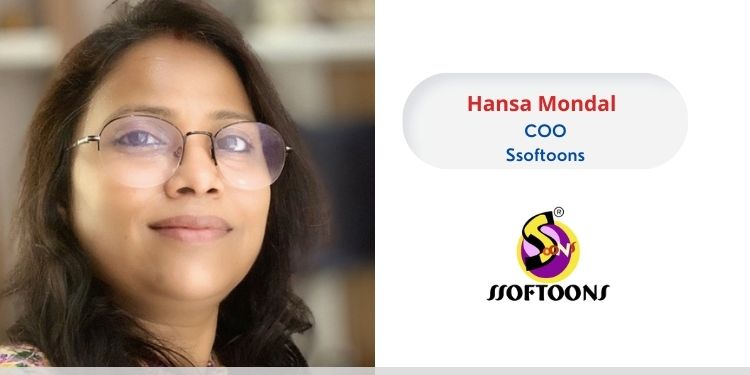Virtual production is an emerging trend that has gained immense popularity of late. It is a broad term used for a wide range of computer-aided filmmaking methods that are intended to enhance creativity and save time. Virtual production especially has massive benefits for the animation industry. Animated movies clearly have a huge fan base and the industry is set to witness some amazing developments with the advent of virtual production technology.
LED Display Walls, Motion capture cameras and 3D virtual environments (using the power of Epic Game’s Unreal Engine, the “most powerful real-time 3D creation platform) are critical components that form the backbone of virtual production technology. Virtual production gives one complete control over the set and amazing flexibility, making the entire film production process smooth and efficient. Animation especially is a labor intensive and time consuming job since it demands immense detailing and precision. Virtual production can improve efficiencies in animation workflows. Here are 6 key benefits of adopting virtual production in the animation industry:
Fluid and collaborative workflows
Virtual production makes the entire process fluid and collaborative. The lines between pre-production, production and post production are blurred resulting in enhanced flexibility that enables crew members to make creative decisions on the go. The convergence of real time tools and the virtual world facilitates better production pipelines, eliminating the need to rework or fix the shots multiple times in the post production phase.
Saves time and increased output
Employing virtual production can save time and help create more content in less time. For example, animating a character’s motion and interaction with the environment using conventional methods is extremely time consuming. On the contrary, motion capture cameras can record motion of actors or objects that can be used to apply in animated characters. The actor wears a suit with built-in sensors or markers that are tracked by special cameras. The movements are translated into a format usable in the animated world. Even facial expressions can be tracked with the help of depth-sensor cameras which enables marker less facial capture. Tracking markers can also be drawn directly on the performer’s face. The time required to animate is thereby significantly reduced, resulting in quicker turnaround times and better productivity.
Minimize cost and prevent budget-blowouts
Virtual production techniques help film producers avoid budget blowouts. With enhanced levels of collaboration, filmmakers can continue to refine and update completed takes without compromising on timelines or exceeding budget. Plus, the technology also enables one to adjust content during filming eliminating the need for expensive reshoots. Since virtual production enables imagery to be created in a malleable real-time engine, there is greater clarity throughout the entire filmmaking process.
Enhanced levels of precision
Employing virtual production technology helps filmmakers materialize shots and scenes exactly how they had visualized them. There is enhanced accuracy and precision as virtual production spans across the entire film making process right from the previsualization stage to the final stage. Furthermore, filmmakers have a lot of creative freedom when working with virtual production technology as there is more scope for on-the-fly iteration and experimentation.
Environmental control
Virtual production opens doors to endless possibilities. It is possible to create any scene that the filmmaker wants with virtual production technology. Photogrammetry and 3D scanning helps with virtualization of real-world sets and environments. From creating diverse types of backgrounds to reshaping landscape and moving background elements as desired, directors employing virtual production have complete control over the environment. Backgrounds can be updated in real time as well in response to the camera movements.
Encourages natural performances
Actors can perform instinctively with virtual production as they are exposed to realistic environments with immersive capabilities. Compelling photo-realism helps recreate desired locations on the sets which helps actors deliver natural performances. Rather than having to imagine the scenario, actors can interact with the environment in real time which greatly enhances the quality of the final output.
Star Wars (Episode I), A.I, Avatar, Lord of the Rings, The Polar Express are some of the most popular movies produced with virtual production technology. Shows like “The Mandalorian” and “Game of Thrones” were the pioneers in some of these technologies. Now, with its spread, we have seen multiple new productions who are taking advantage of it. There are already breakdowns and articles for movies like “The Midnight Sky,” “Thor: Love and Thunder,” and “The Batman.”
Virtual production removes barriers between virtual backgrounds and physical set pieces, seamlessly blending the elements and producing a more finished output. As technology progresses at a rapid pace and the demand for animated content increases, virtual production is undoubtedly set to revolutionize the animation industry. Going forward, it will be an inseparable part of the filmmaking process given its innumerable benefits.
Article is authored by Hansa Mondal, COO, Ssoftoons.
















